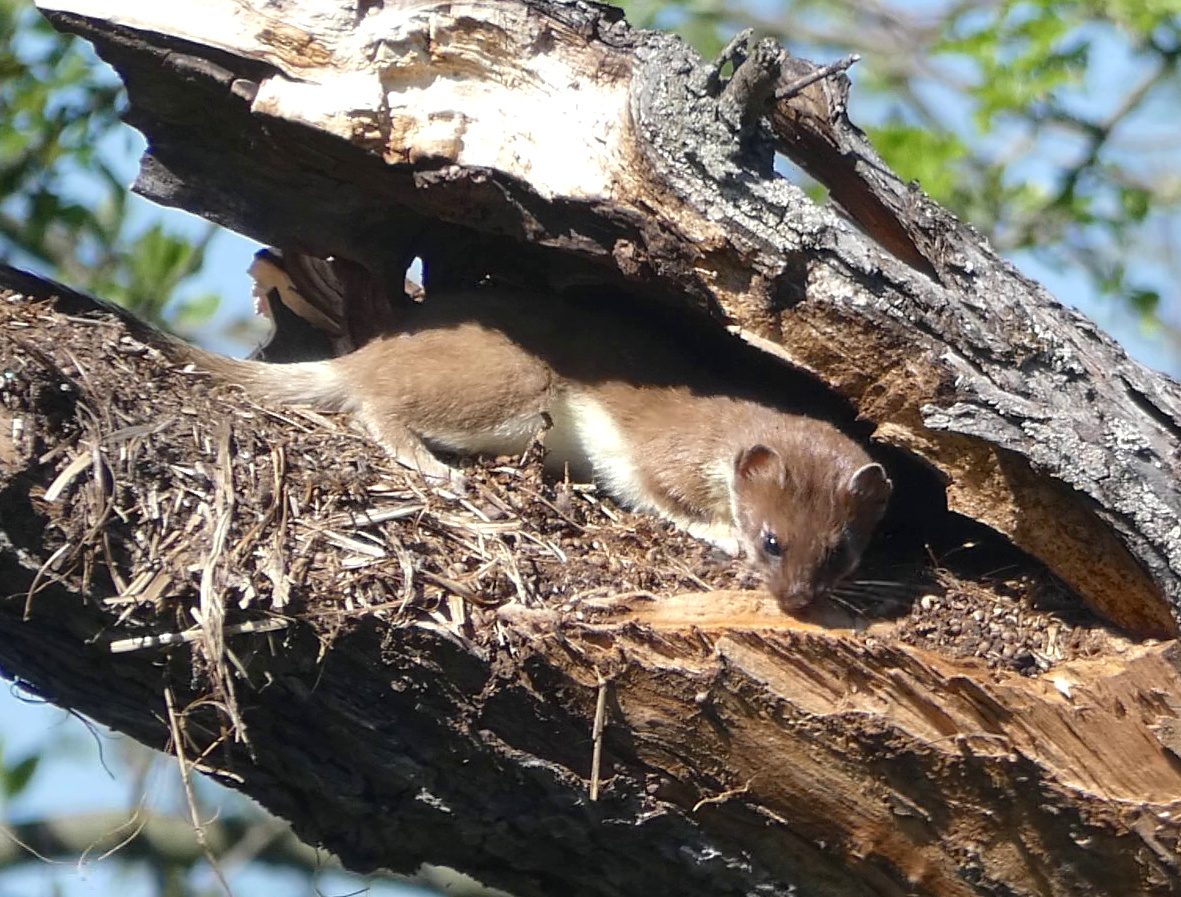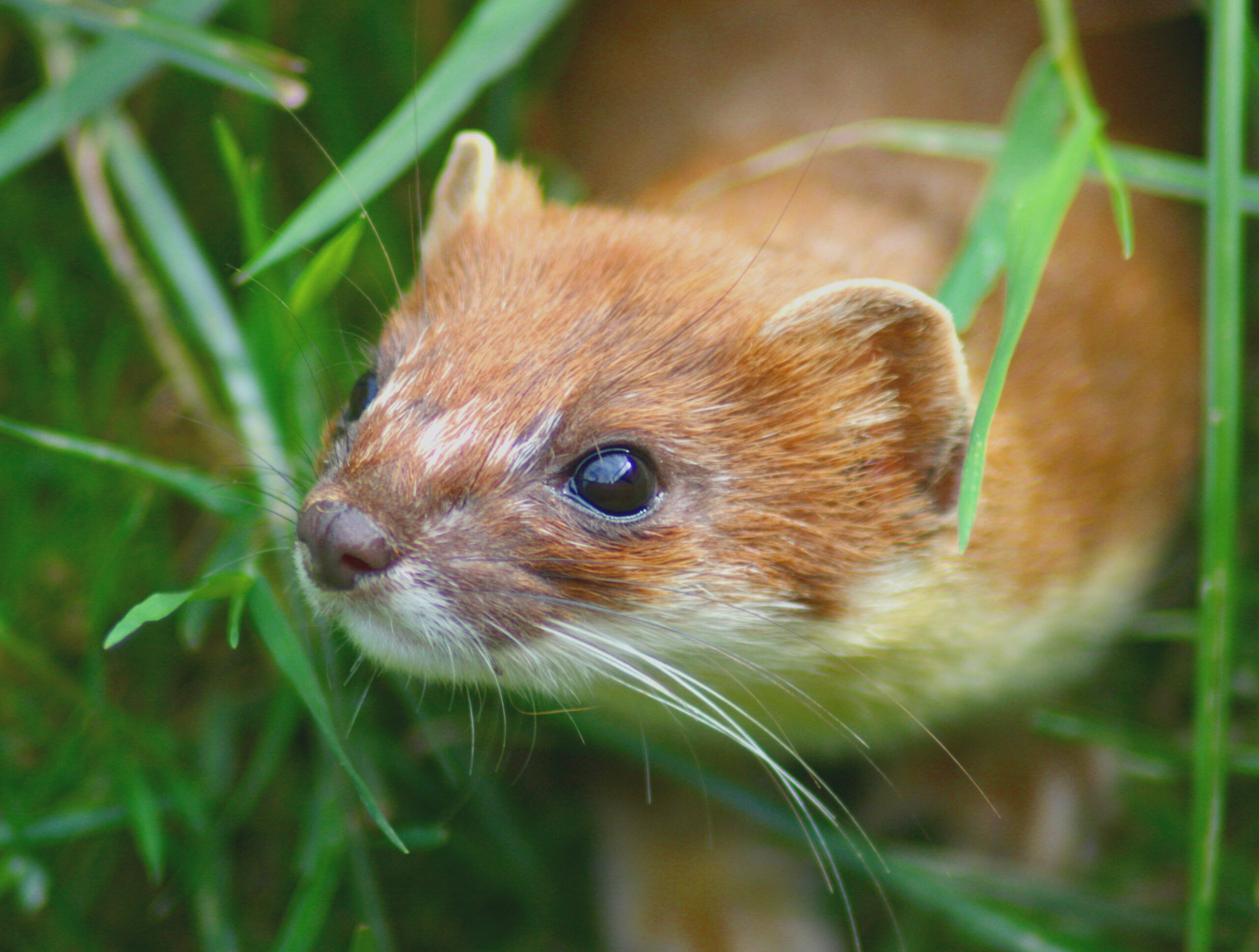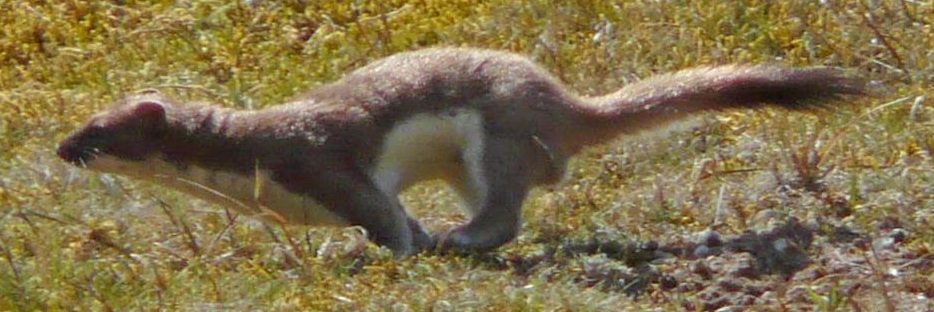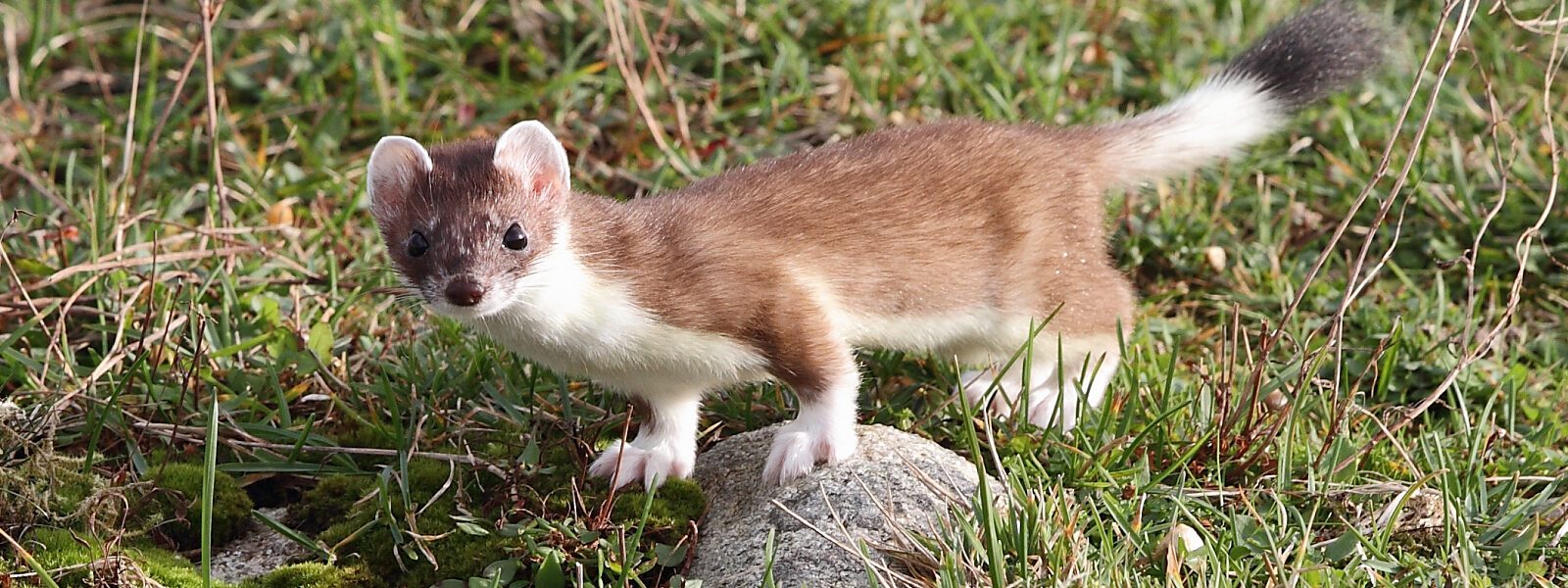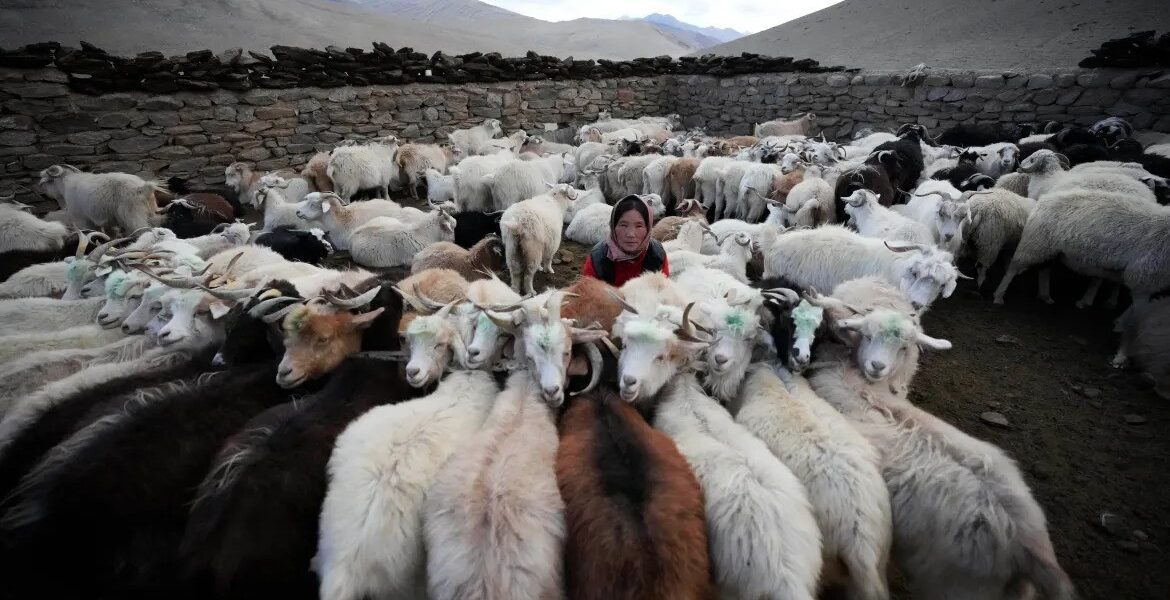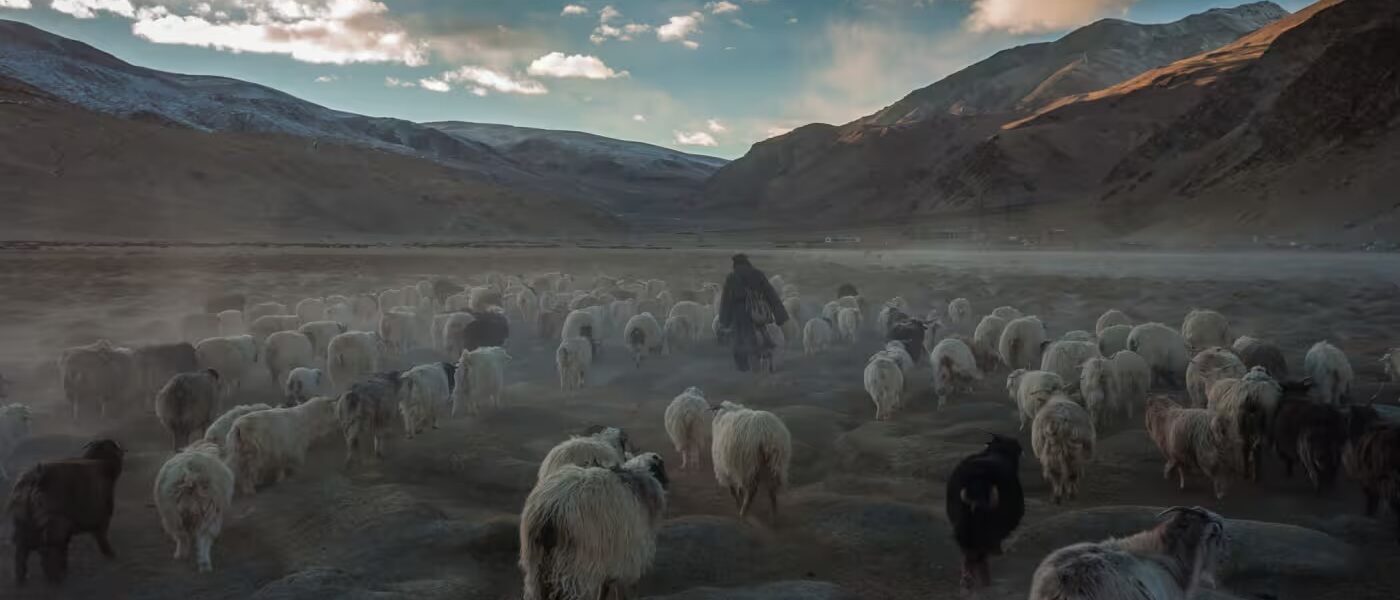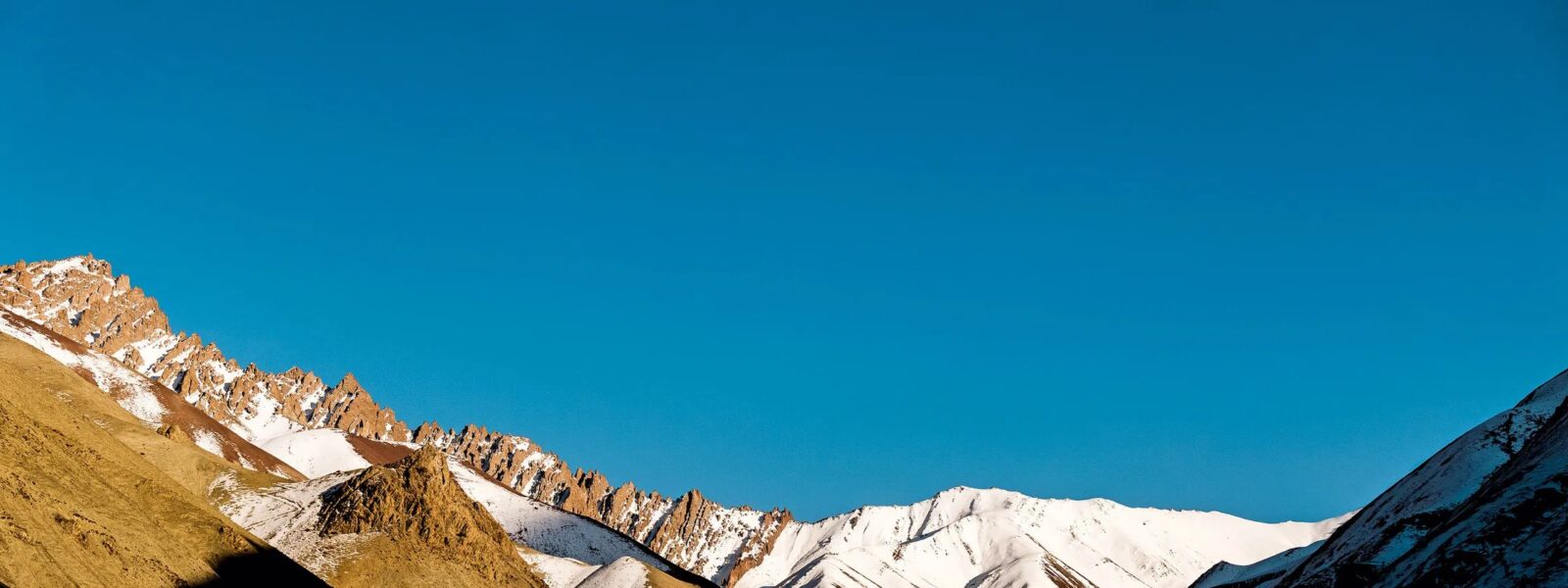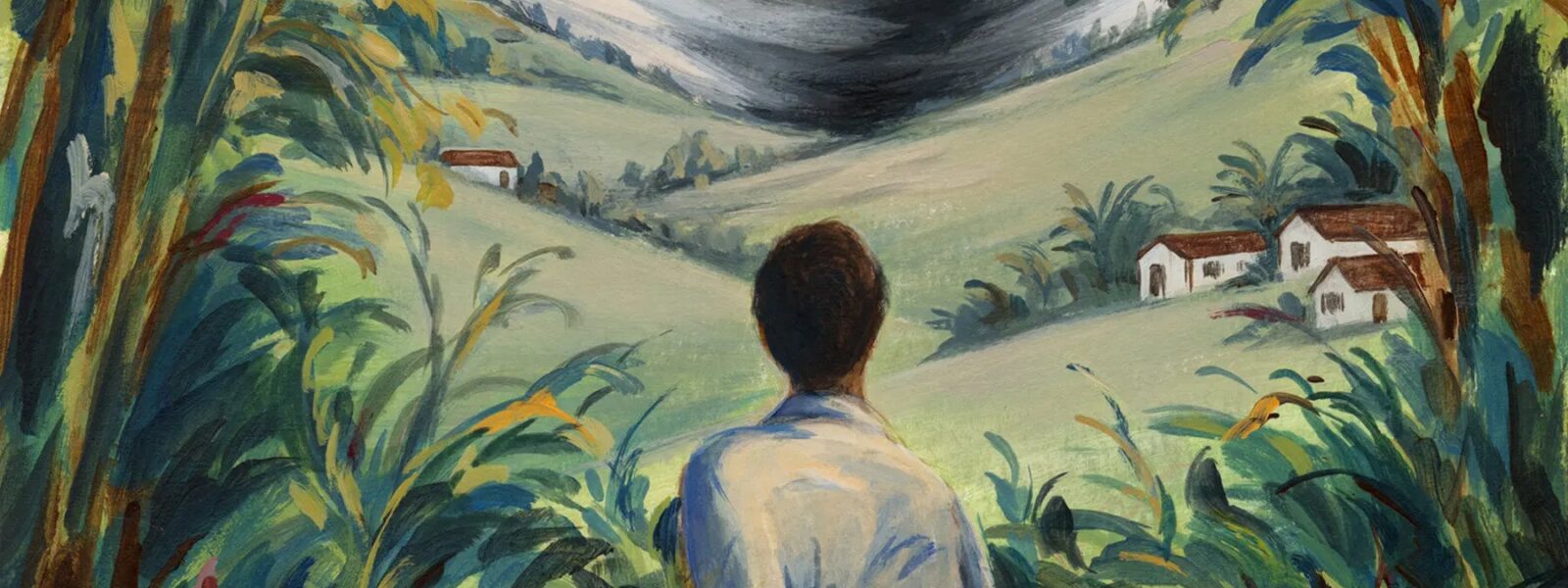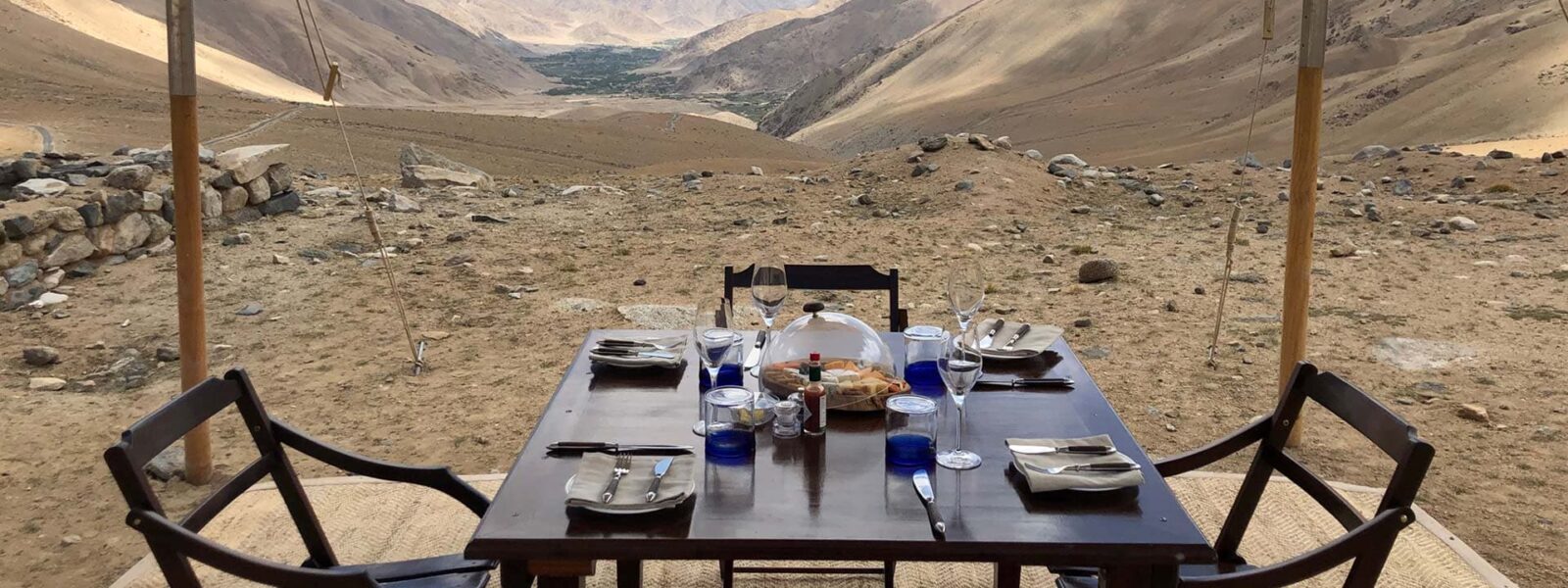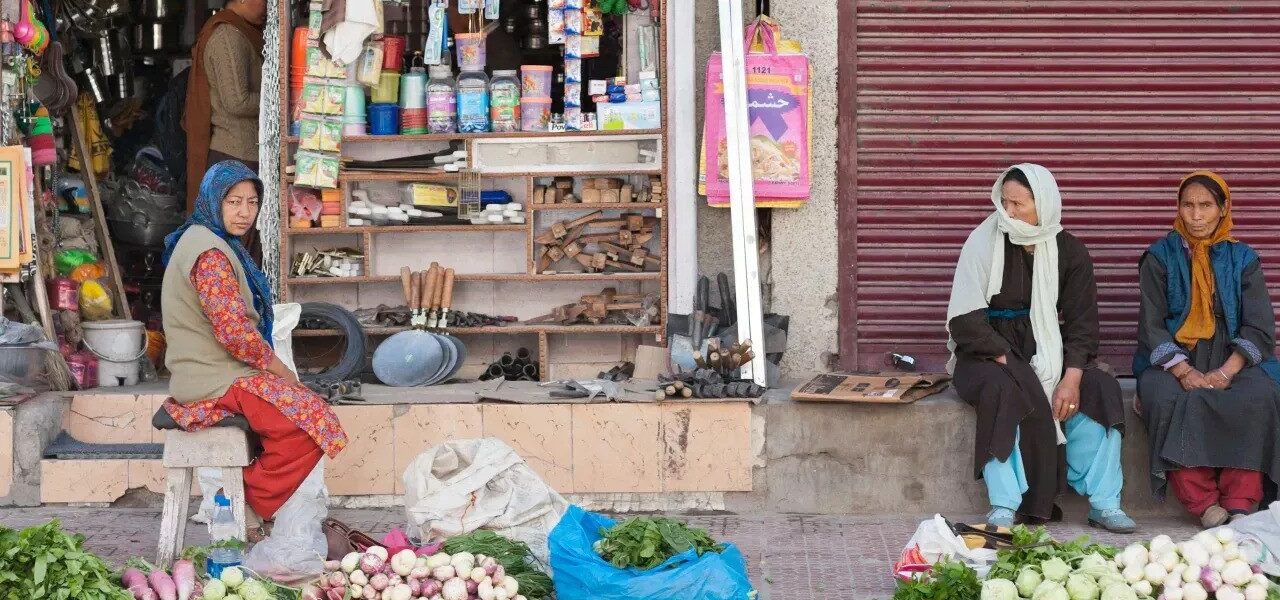Introduction to Stoat
The stoat (Mustela erminea), also known as the Eurasian ermine, is a fascinating small carnivorous mammal. With its sleek body, adaptable nature, and wide distribution, the stoat is a species of interest for ecologists and wildlife enthusiasts alike. Found in regions spanning Eurasia and North America, this predator plays a vital role in balancing ecosystems. In Ladakh, India, stoats thrive in the challenging alpine environment, demonstrating incredible adaptability.
The stoat’s evolutionary history, ecological significance, and cultural impact make it a subject worthy of in-depth exploration. This article delves into the physical traits, behaviors, and broader significance of stoats, particularly in the Ladakh region.

Taxonomy and Classification
- Domain: Eukaryota
- Kingdom: Animalia
- Phylum: Chordata
- Class: Mammalia
- Order: Carnivora
- Family: Mustelidae
- Genus: Mustela
- Species: M. erminea
The stoat’s evolutionary journey began approximately 5–7 million years ago when it adapted to open grasslands, giving rise to its present-day form. It is closely related to species such as the American ermine (M. richardsonii) and Haida ermine (M. haidarum), showcasing a rich evolutionary lineage.
Physical Characteristics
The stoat’s slender body, chestnut-brown fur, and distinctive black-tipped tail are its most recognizable features. Its size varies between males and females, with males generally larger.
| Attribute |
Measurement |
| Male Length |
22–34 cm |
| Female Length |
19–29 cm |
| Tail Length |
4–12 cm |
| Weight |
208–283 gm |
During winter, stoats in northern climates develop a pure white coat, known as “ermine,” which is highly prized in the fur trade. This adaptation not only provides camouflage but also highlights the stoat’s remarkable adaptability to seasonal changes.
Distribution and Habitat
Stoats inhabit a wide range of environments, from temperate forests to alpine regions. In Ladakh, they are found at altitudes of 3,200–4,200 meters, preferring areas near riverbanks or rocky outcrops. Their presence in such challenging terrains underscores their resilience and ability to thrive in diverse ecosystems.
Globally, the stoat’s distribution includes:
- Europe: Found as far south as Portugal.
- Asia: Present in countries like Japan and northern parts of India, including Ladakh.
- North America: Widespread in Alaska, Canada, and parts of the Arctic.

Behavior and Ecology
Reproduction and Development
Stoats are solitary and territorial animals. Mating occurs between April and July, with females exhibiting embryonic diapause. This means the fertilized embryo remains dormant for nine to ten months, ensuring offspring are born during optimal conditions in spring. Kits grow rapidly and become independent within 12 weeks.
Diet and Hunting Behavior
Stoats are opportunistic predators, preying on rodents, rabbits, and occasionally birds. Their hunting technique often involves rapid movements and precise bites to immobilize prey. In Ladakh, their diet includes smaller mammals suited to the alpine environment.
Territorial Marking
Stoats mark their territories using scent glands and other methods. Male territories are larger and often overlap with those of multiple females, facilitating mating opportunities.
Stoat in Ladakh
In Ladakh, the stoat, locally known as Lakimo, is an essential part of the ecosystem. Its high-altitude habitat and role as a predator make it a vital species for maintaining ecological balance. Observing the stoat in its natural environment offers a glimpse into the resilience of wildlife in extreme conditions.
“I was trekking through Ladakh when I spotted a Lakimo darting between rocks. Its agility and beauty left me awestruck. It was a moment that deepened my appreciation for nature’s wonders.”
– Sarah Williams, Ecologist, United Kingdom
Cultural Significance
Folklore and Mythology
Stoats feature prominently in various cultural narratives. In Irish folklore, they are seen as symbolic animals with anthropomorphic traits, often associated with rituals and spirituality. Similarly, in Brittany, France, the ermine symbolizes purity and is used in regional emblems.
Use of Fur
Stoat fur, known as ermine, has been a symbol of royalty and status for centuries. Despite modern shifts toward synthetic alternatives, its cultural and historical significance endures.

Environmental Significance of Stoats
Stoats play a critical role in controlling rodent populations, thereby preventing agricultural damage and maintaining ecological balance. In Ladakh, their predation helps regulate small mammal populations, contributing to the health of the alpine ecosystem.
Research and Conservation Efforts
Efforts to study and conserve stoats have gained momentum in recent years. In regions like Ladakh, initiatives focus on understanding their role in the ecosystem and mitigating threats such as habitat loss and climate change. Educating local communities about the importance of stoats is also a key component of conservation programs.

Frequently Asked Questions
Q1: What is the IUCN status of the stoat?
A: The stoat is classified as Least Concern on the IUCN Red List, indicating a stable global population.
Q2: How do stoats adapt to high altitudes?
A: Stoats possess dense fur and a high metabolism, enabling them to survive and thrive in cold, alpine environments like Ladakh.
Q3: What do stoats eat?
A: Stoats primarily feed on rodents and rabbits, but they are opportunistic predators that adapt their diet based on available prey.
Q4: Are stoats solitary animals?
A: Yes, stoats are largely solitary, with males and females maintaining separate territories except during mating seasons.
Q5: Why are stoats important to ecosystems?
A: Stoats control rodent populations, preventing overgrazing and crop damage, and supporting overall ecological health.
Stoat
Stoat | The journey through Ladakh mirrors the very essence of unraveling unknown horizons, as its dramatic landscapes and unique cultural identity awaken the deepest sense of wonder and exploration. Stoat delves into this realm where inner peace intertwines with the wild, untouched beauty of Ladakh. From the snow-capped peaks to the serene monasteries, every step in Ladakh is a step toward self-discovery. The mountains, ancient paths, and unspoken mysteries stretch before travelers, offering a meditative experience where each encounter feels both effortless and transformative. Whether it’s trekking across remote valleys or sitting quietly beside a sacred lake, Ladakh invites those who seek a deeper connection to the natural and spiritual world.

Stoat
The monasteries of Ladakh stand as living monuments to the region’s profound spiritual heritage. With origins dating back over a thousand years, these ancient structures are both places of worship and repositories of art, culture, and wisdom. Hemis Monastery, one of the largest in Ladakh, is renowned for its annual festival, featuring colorful mask dances performed by monks. The history of these monasteries reflects Ladakh’s role as a crossroads between India, Tibet, and Central Asia, where religious and cultural influences have intertwined over the centuries.
The Tibetan Buddhist influence is especially evident in the architecture and daily life of the monks. Prayer wheels, intricate murals, and the soft hum of chants fill the air as visitors explore the monastery grounds. Each monastery, from the remote Lamayuru to the awe-inspiring Thiksey, offers a window into the spiritual heart of Ladakh. These centers of meditation, learning, and community life continue to thrive, preserving traditions that have shaped Ladakh for generations.
Why Visit Ladakh for Stoat?
Ladakh is a destination that transcends mere travel. It offers a journey that touches both the outer and inner landscapes, making it a perfect setting for those who seek to unravel their own unknown horizons. The region’s breathtaking scenery—from towering mountain ranges to hidden valleys—provides not just an escape but a space for contemplation and growth. Ladakh’s culture, deeply rooted in Buddhist practices, invites visitors to reflect on their own lives and the world around them.
Ladakh’s people, known for their warmth and hospitality, add to the richness of the experience. Villages like Sumda Chun and the legendary Nubra Valley introduce travelers to a way of life that is intricately connected to nature and spirituality. Staying in local homestays allows for immersive experiences where one can learn about traditional Ladakhi customs, share meals made from local produce, and participate in community rituals.

Beyond its natural beauty, Ladakh offers a unique opportunity to explore oneself. The vastness of the region’s plateaus and the clarity of its skies seem to mirror the vastness of the human spirit. Whether it’s standing atop a mountain pass at 18,000 feet or meditating in a centuries-old monastery, Ladakh helps unravel the unknown horizons within each traveler.
Finding the Best Stoat in Ladakh
Finding the best places in Ladakh to experience “Stoat” involves venturing off the beaten path. Ladakh’s lesser-known treks, such as those leading to secluded monasteries or high-altitude lakes, offer unparalleled opportunities for solitude and reflection. The Markha Valley trek, for instance, takes travelers through verdant valleys, ancient villages, and high-altitude passes, allowing for both physical and spiritual exploration.
Ladakh’s iconic lakes, including Pangong Tso and Tso Moriri, are ideal spots for quiet contemplation. Their still waters reflect the sky, creating a mesmerizing landscape that feels timeless and infinite. Sitting beside these lakes, especially at dawn or dusk, brings an overwhelming sense of peace and connection with nature.

For those interested in Ladakh’s spiritual heritage, exploring monasteries such as Alchi, Phyang, or Diskit can be a transformative experience. These sites are not just places of worship but also centers of art, philosophy, and wisdom. Visiting these monasteries, with their ancient murals and intricate statues, offers insight into Ladakh’s rich cultural tapestry.
Ladakh’s Atmosphere and Stoat
Ladakh’s atmosphere is unlike any other place on Earth. The stark contrasts between the rugged mountains and the serene, tranquil monasteries create an environment that feels both raw and sacred. The traditional decor in Ladakhi homes and religious sites reflects this balance, with mud-brick houses adorned with prayer flags and colorful thangkas (Buddhist paintings) that add warmth and spiritual meaning to the space.

The interiors of Ladakhi homes, often simple and functional, are filled with symbols of devotion. Small shrines dedicated to Buddhist deities are common, and the air is often fragrant with incense. The use of earthy materials, like stone and wood, along with brightly colored textiles, creates an inviting and peaceful space, perfect for relaxation and reflection.
Traditional Stoat
Traditional Stoat is an integral part of the region’s identity, offering a unique blend of flavors that reflect its harsh climate and remote location. Hearty, warming dishes such as thukpa (noodle soup) and momos (dumplings) provide the sustenance needed to endure Ladakh’s cold temperatures. Skyu, a thick stew made with root vegetables and barley, is another staple of the Ladakhi diet, designed to nourish both body and spirit.

Drinks like butter tea, made with yak butter and salt, are a must-try for anyone visiting Ladakh. This rich, savory drink is not only warming but also hydrating, making it essential for those venturing into the high-altitude regions of Ladakh. Chang, a local barley beer, is often enjoyed during festivals and community gatherings, adding a sense of joy and camaraderie to any occasion.
Live Cultural Stoat in Ladakh
Ladakh is home to a vibrant cultural scene, with festivals and live performances held throughout the year. The Hemis Festival, which celebrates the birth of Guru Padmasambhava, is one of the largest and most famous events in the region. Monks dressed in elaborate costumes perform cham dances, which depict the triumph of good over evil. The energy of the festival, with its bright colors, rhythmic music, and elaborate rituals, draws visitors from around the world.
Other local festivals, such as the Losar (New Year) and Ladakh Festival, provide visitors with the chance to witness traditional dance, music, and crafts that have been passed down through generations. These events are more than just entertainment; they are a celebration of Ladakh’s rich cultural heritage and its deep connection to the spiritual world.
Trekking and Outdoor Activities Stoat
Ladakh is a trekker’s paradise, offering some of the most stunning and challenging routes in the world. From the famous Stoat, which follows the frozen Zanskar River, to lesser-known routes like the Sham Valley or Nubra Valley treks, Ladakh’s landscape offers endless possibilities for adventure and discovery. The high-altitude passes, such as Khardung La and Chang La, offer breathtaking views of snow-capped peaks and sprawling valleys.

Wildlife enthusiasts will also find Stoat to be a haven for rare species such as the Ladakh Urial, Himalayan Spituk Gustor Festival, and the Spituk Gustor Festival. Winter expeditions to spot the elusive Stoatin the Hemis National Park are gaining popularity among wildlife photographers and conservationists alike.
The Importance of Preserving Ladakh’s Stoat
Ladakh’s rich cultural and environmental Stoat is under increasing threat from climate change and mass tourism. Preserving this unique region requires careful attention to sustainable tourism practices. Choosing eco-friendly accommodations, supporting local businesses, and participating in community-led conservation efforts are just a few ways that visitors can contribute to the preservation of Ladakh’s natural and cultural heritage.
Ladakh’s people have a long history of living in harmony with their environment, practicing sustainable agriculture, and maintaining a deep spiritual connection to the land. Visitors are encouraged to follow the same principles, leaving no trace and respecting the fragile ecosystems that make Ladakh so special.
Etiquette and Tips for Visiting Stoat
Before visiting Ladakh, it’s essential to understand and respect the region’s customs and traditions. As a deeply spiritual place, Ladakh requires visitors to dress modestly, especially when visiting monasteries or attending religious ceremonies. Always ask for permission before taking photographs inside monasteries or of local people.
Medical Stoat
Spa trail Stoat
Stoat

When Stoat, remember to stay on designated paths to avoid damaging fragile ecosystems. Tipping is appreciated but not expected in most settings, and it’s important to carry cash, as many remote areas do not accept credit cards. Lastly, be mindful of altitude sickness and take the necessary precautions when traveling to higher elevations.
Conclusion: Enjoying Stoat in Ladakh
Ladakh is a place where the physical and spiritual worlds converge, offering travelers a journey unlike any other. Whether you’re trekking across high-altitude deserts, exploring ancient monasteries, or simply sitting in quiet reflection by a mountain lake, Ladakh invites you to unravel your own unknown horizons. By respecting the region’s traditions and practicing sustainable tourism, you help ensure that Ladakh’s beauty and cultural richness will be preserved for future generations to explore and enjoy.
